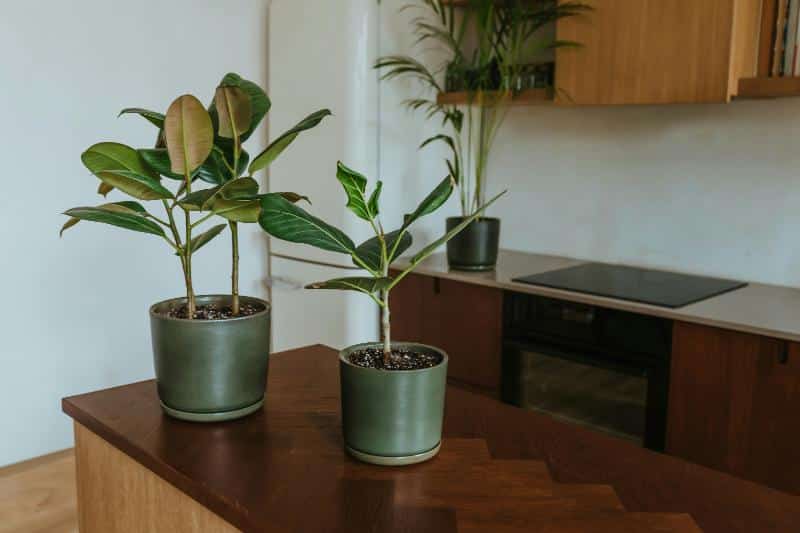In our fast-paced lives, we often overlook the importance of air quality in our homes. However, poor indoor air quality can lead to numerous health issues, including respiratory problems, allergies, and even more severe complications over time. With some simple adjustments and mindful choices, you can significantly improve the air you breathe indoors and enjoy a healthier, more comfortable living space.
1. Regular Testing and Inspection
Regular testing and inspection are essential to ensure that the air you’re breathing is safe and healthy. From inspection and testing, expert mold removal services can identify and mitigate potential issues, ensuring that your indoor air quality is safe and healthy for you and your family. Testing can identify potential issues with air quality, such as high levels of pollutants or allergens, and allow you to take steps to address them. Inspections can also help you identify areas where improvements can be made, such as better ventilation or air filtration.
2. Keep Your Home Clean and Dust-Free

Regular cleaning is essential for maintaining good indoor air quality. Dust and allergens can accumulate on surfaces, carpets, and upholstery, so it’s crucial to dust, vacuum, and mop frequently. Additionally, wash bedding and curtains regularly to prevent the buildup of dust mites.
- Regularly vacuum and dust your home to remove dust, pet dander, and other allergens that can contribute to poor air quality. Use a vacuum cleaner with a HEPA filter to ensure that you’re capturing as many particles as possible.
- Wash bedding and curtains regularly to remove dust mites and other allergens. Consider using allergen-proof covers on mattresses and pillows to reduce exposure to dust mites.
- Clean and maintain your HVAC system regularly to ensure that it’s functioning properly and not circulating pollutants throughout your home. Change filters as recommended by the manufacturer.
3. Control Humidity Levels
Excess moisture in the air can lead to mold and mildew growth, which can worsen air quality and trigger allergies. Invest in a dehumidifier if your home tends to be humid, especially in basements or bathrooms. Additionally, ensure proper ventilation in areas prone to moisture, such as kitchens and bathrooms, to reduce humidity levels.
4. Introduce Houseplants
Houseplants not only add a touch of green to your home but also help purify the air. Certain plants, like spider plants, peace lilies, and snake plants, can remove common indoor pollutants, such as formaldehyde, benzene, and trichloroethylene. Be sure to choose plants that are safe for pets if you have furry companions at home.

- Houseplants can significantly improve indoor air quality by removing pollutants and adding oxygen to the air. Some plants, like spider plants, snake plants, and peace lilies, are particularly effective at removing common indoor pollutants like formaldehyde, benzene, and trichloroethylene.
- Place houseplants strategically throughout your home, paying attention to areas with poor ventilation or where pollutants are more likely to accumulate, such as the kitchen and bathroom. Consider using a variety of plant types to target different pollutants.
- Be mindful of your plant care routine, as overwatering can lead to mold growth, which can negatively impact air quality. Use a well-draining potting mix and water plants only when the top inch of soil is dry.
5. Ventilate Your Home
Proper ventilation is key to maintaining good indoor air quality. Open windows and doors when the weather permits to allow fresh air to circulate. Use exhaust fans in the kitchen and bathroom to remove cooking fumes and excess moisture. Consider installing a whole-house ventilation system for continuous fresh air exchange.

6. Avoid Smoking Indoors
One of the most significant contributors to poor indoor air quality is cigarette smoke. Even secondhand smoke can be harmful, containing over 7,000 chemicals, many of which are toxic and can cause cancer. If you or someone in your household smokes, the best way to improve indoor air quality is to quit smoking altogether. If quitting isn’t an option, try to smoke outdoors and away from open windows and doors to prevent smoke from drifting back into your home.
7. Test for Radon
Radon is a naturally occurring radioactive gas that can seep into homes through the ground. Long-term exposure to high levels of radon can increase the risk of lung cancer. Test your home for radon regularly, especially if you live in an area known for high radon levels. If elevated levels are detected, consult a professional to mitigate the issue.
Improving your indoor air quality doesn’t have to be complicated or expensive. By following these seven simple steps, you can create a healthier and more comfortable living environment for you and your loved ones. The air you breathe indoors can have a significant impact on your health and well-being, so it’s essential to prioritize air quality in your home.
